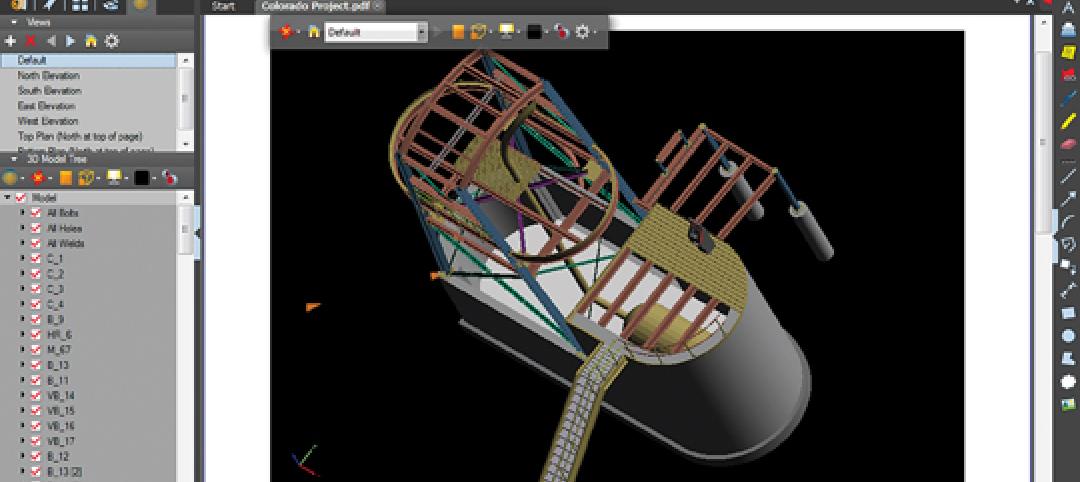As of April 4, 2016, all government contractors had to be compliant with Level 2 Building Information Modeling (BIM) in the United Kingdom.
The requirement aims to provide government officials with as much information about their construction projects as possible so that they can manage the resulting assets—chiefly "maintainable assets" like electrical and mechanical—effectively. Major contractors were prepared for this mandate, but some subcontractors are not, and will need assistance to comply.
Observers say a similar requirement is unlikely in the U.S., as the domestic industry is further along in adopting BIM. U.S. contractors have adopted modeling faster than many European counterparts, and BIM is regarded as an expected business practice here.
The U.K. may up the ante on BIM rules. Government and industry are jointly preparing to raise the BIM requirement to Level 3, which would require all parties on a government construction projects to work from one common BIM model.
Related Stories
| Jul 21, 2011
Bringing BIM to the field
A new tablet device for construction professionals puts 3D data at the fingertips of project managers and construction supervisors.
| May 18, 2011
New Tool Takes PDFs Beyond 2D
Our IT expert puts a new PDF creation package through its paces and sees value for AEC firms that want to move more aggressively into 3D documents.
| May 16, 2011
Dassault Systèmes to distribute Gehry Technologies’ digital project
Dassault Systèmes and Gehry Technologies announced that Gehry Technologies’ Digital Project products will be integrated into the Dassault Systèmes’ portfolio and distributed through Dassault Systèmes. Digital Project is a suite of 3D BIM applications created by Gehry Technologies using Dassault Systèmes’ CATIA as a core modeling engine.
| May 3, 2011
Scott Simpson of KlingStubbins on how to get more value from BIM
Too few AEC professionals have developed a strategic idea of how BIM can and should re-shape professional practices and drive dramatic improvements in both creativity and production, according to Scott Simpson, FAIA, senior director of KlingStubbins. While BIM enables the exploration of design ideas quickly and in new and different ways, it can lead people to think they’re making more progress than they actually are. A simple adjustment in perspective is all it takes to put things right.












